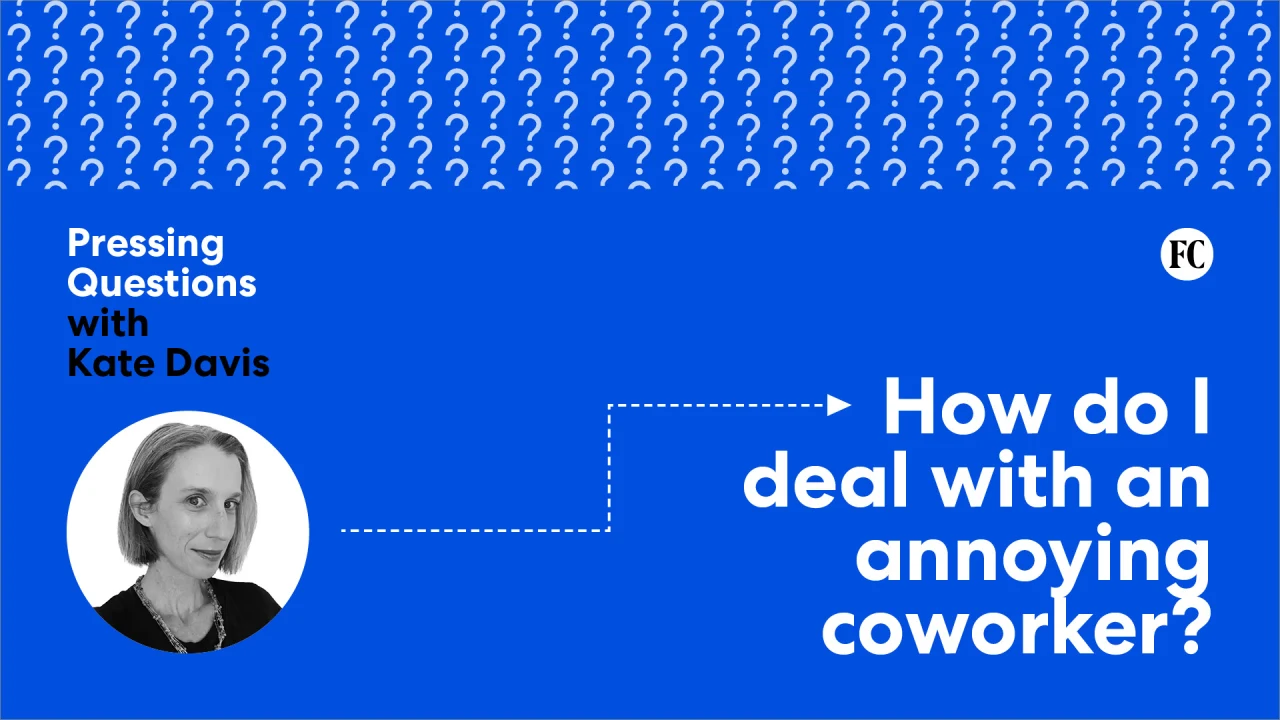Understanding Consumer Behavior in a Digital World

In the digital age, consumer behavior has evolved drastically. Gone are the days when purchasing decisions were influenced solely by TV ads or word-of-mouth recommendations. Today’s consumers are informed, connected, and empowered by technology. They research online, compare brands, read reviews, follow influencers, and make purchasing decisions within minutes—all from their smartphones.
For brands and marketers, understanding these new behaviors is crucial to creating meaningful, engaging, and effective strategies. In this blog, we’ll explore how consumer behavior has changed in the digital world, the factors driving these changes, and what businesses must do to stay ahead.
1. The Rise of the Informed Consumer
Thanks to the internet, consumers now have access to an endless stream of information. Before making a purchase, they:
If you’re searching for a reliable PR company in Delhi, we have the expertise you need. Reach out to us at Twenty7 Inc!
-
Read reviews on sites like Google, Amazon, or Trustpilot.
-
Compare products and prices across multiple platforms.
-
Watch YouTube reviews or TikTok unboxings.
-
Visit brand websites and social media for insights.
This shift means consumers are no longer passive recipients of marketing—they are active participants in the buying journey. Brands that fail to provide transparent, useful, and consistent information risk losing credibility and sales.
Key Insight:
Trust and transparency play a major role in influencing the digital consumer. Clear product descriptions, honest reviews, and responsive customer service can make or break a sale.
2. Mobile-First Behavior
Smartphones have become the primary device for online activity. From shopping to banking to scrolling social media, consumers spend hours on their phones each day. This mobile-first behavior has changed when and how consumers interact with brands.
Consider this:
-
60% + of web traffic globally comes from mobile devices.
-
Consumers expect websites to load in under 3 seconds.
-
Social commerce (shopping directly from social media apps) is growing rapidly.
What This Means for Brands:
-
Your website must be mobile-optimized.
-
Responsive design and fast load times are non-negotiable.
-
Mobile-friendly content (short videos, carousels, polls) is more likely to convert.
3. Personalization Is Expected
Modern consumers want personalized experiences. They expect brands to know their preferences and tailor content, recommendations, and offers accordingly. Whether it’s a personalized email, a product recommendation on an e-commerce site, or retargeted ads, consumers respond better when marketing feels relevant.
This shift is driven by:
-
Advances in AI and machine learning.
-
Data collected from browsing history, past purchases, and engagement.
-
The popularity of platforms like Netflix and Spotify that use of algorithms to personalize experiences.
Action Point:
Invest in data analytics and CRM tools that allow you to segment audiences and deliver targeted content at the right time.
4. Social Proof Matters More Than Ever
Digital consumers rely heavily on social proof before making decisions. They trust real people more than brands. Reviews, testimonials, influencer endorsements, and user-generated content all serve as modern-day word of mouth.
Examples include:
-
Customer photos on product pages.
-
Influencer collaborations on Instagram or TikTok.
-
Google ratings for local businesses.
Why It Works:
Social proof builds credibility, reduces perceived risk, and taps into the human tendency to follow others' choices.
5. The Role of Emotion in Digital Decision-Making
Even in a data-driven world, emotions play a powerful role in consumer behavior. Whether it’s the excitement of a limited-time offer or the joy of discovering a new brand, emotional triggers significantly influence digital interactions.
Storytelling, visuals, and brand values all contribute to emotional engagement. Brands that evoke a sense of community, purpose, or lifestyle tend to foster deeper loyalty.
Tip:
Use emotionally engaging content—videos, storytelling, community-driven campaigns—to connect beyond just product features.
Are you seeking a trusted PR company in Bangalore to manage your communications? Reach out to Twenty7 Inc. today!
6. The Attention Economy: Competing for Seconds
The average digital attention span has shrunk to around 8 seconds. Consumers scroll quickly, skip ads, and multitask constantly. That means you have only a few seconds to capture interest and convey your message.
Strategies to cut through the noise:
-
Use bold headlines and visuals.
-
Place your key message upfront.
-
Create short-form content for platforms like Instagram Reels or YouTube Shorts.
Reminder:
Simplicity wins. Don’t bury your CTA (call to action) or overwhelm users with information.
7. Omnichannel Behavior Is the Norm
Today’s consumers move seamlessly between channels. They might see an ad on Instagram, research the product on Google, visit your website, check in-store availability, and finally make a purchase through an app.
This behavior highlights the need for a cohesive omnichannel strategy. Every touchpoint—whether physical or digital—should offer a consistent brand experience.
Checklist:
-
Are your brand visuals and tone consistent across all platforms?
-
Is your inventory synced between online and in-store?
-
Do you offer seamless transitions between email, mobile, and desktop?
8. Privacy Concerns Are Rising
While consumers want personalization, they’re also increasingly aware of how their data is being used. With changes like Apple’s App Tracking Transparency and the phasing out of third-party cookies, digital behavior is evolving toward more privacy-first interactions.
Consumers now expect:
-
Clear explanations of data usage.
-
Options to control their privacy settings.
-
Brands that protect and respect their data.
How to Respond:
-
Use first-party data (from your website or CRM) to build customer profiles.
-
Be transparent about cookies and tracking.
-
Embrace ethical data practices to build long-term trust.
9. Instant Gratification and Convenience Win
Digital consumers are impatient. Whether it’s same-day delivery, one-click checkout, or instant customer support via chatbots, speed and convenience often trump brand loyalty.
Brands must streamline every step of the digital journey:
-
Fast website performance
-
Easy-to-use checkout flows
-
Real-time responses via chat or social media
Even a small delay can cause consumers to abandon the process and go elsewhere.
10. Values-Driven Consumption
Finally, today’s consumers care deeply about the values a brand represents. From climate action to diversity to fair labor practices, digital behavior increasingly reflects a desire to support ethical companies.
Consumers are researching:
-
How products are made.
-
Whether companies give back to the community.
-
Who’s behind the brand?
Authenticity, transparency, and purpose are not just buzzwords—they’re central to earning customer loyalty in the digital world.
If you're searching for a reputable PR company in Hyderabad, we’re here to assist! Reach out to us at Twenty7 Inc.
Conclusion: Adapting to the Digital Consumer
Understanding consumer behavior in a digital world requires more than just knowing where your audience hangs out online. It’s about recognizing the new expectations, emotional triggers, privacy concerns, and decision-making patterns that guide digital behavior today.
To succeed, brands must:
-
Embrace technology without losing the human touch.
-
Personalize experiences while respecting privacy.
-
Create seamless, omnichannel journeys.
-
Build trust through social proof, transparency, and purpose.
The brands that adapt to these evolving behaviors will not only survive but thrive in the digital-first marketplace.
Follow these links as well
https://twenty7inc.in/best-pr-agency-in-gurgaon/
https://twenty7inc.in/pr-agency-in-noida/
https://twenty7inc.in/pr-agency-in-chennai




































































![https //g.co/recover for help [1-866-719-1006]](https://newsquo.com/uploads/images/202506/image_430x256_684949454da3e.jpg)


























![[PATREON EXCLUSIVE] The Power of No: How to Say It, Mean It, and Lead with It](https://tpgblog.com/wp-content/uploads/2025/06/just-say-no.jpg?#)





















































